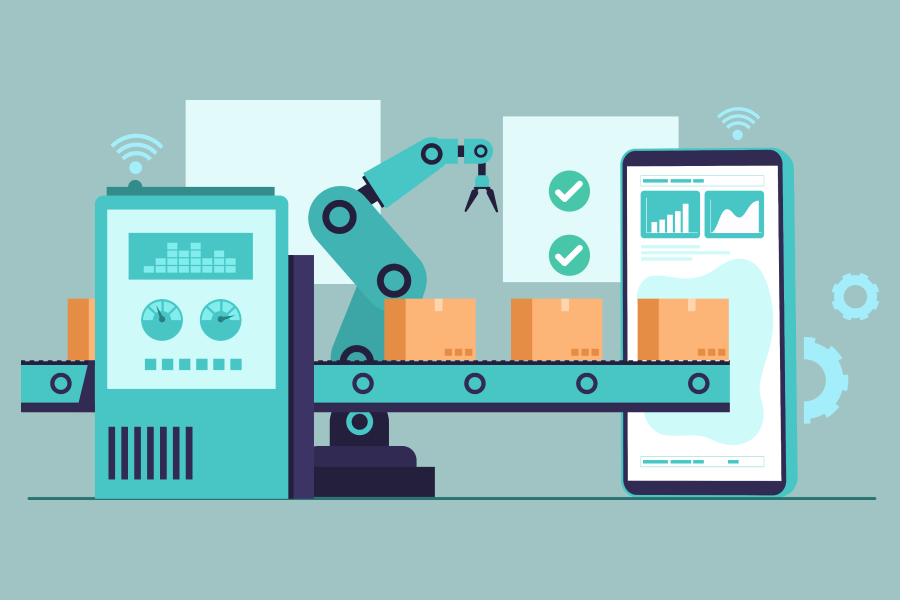PhoneGap is a framework for cross-platform development on HTML/JavaScript, for seven mobile platforms. At present there are many big brands using PhoneGap for their mobile applications because this is one of the most affordable way where you can make your app which runs on all major mobile platforms.
Instead of having to recreate your app multiple times in order for it to function on all the different mobile devices out there, we can devote a majority of our time to a single developmental process. Of course there are still device-specific needs when developing an app, but PhoneGap keeps us from having to start from the ground up for each one. The result is a hybrid app that is neither completely web-based nor truly native to the device.
In terms of results, this means more time spent improving your app and adding features, and less time making sure it works on a particular device. That’s a good tradeoff!

Basically, a PhoneGap project contains four functional parts, which ensure the implementation of the HTML/JavaScript code:
- A native browser (webView), embedded in the project.
- Structured API for accessing the native functionality of a mobile device from JavaScript code.
- API for writing native plugins.
- File storage, which contains HTML, JavaScript, and other web resources of the application.
Thus PhoneGap allows to build a service-oriented, single-page HTML5 application. PhoneGap is demanding, when it comes to architecture and optimization. User interface has to be optimized for each platform; that’s why specifying the target platforms will affect the time spent on the project.

 Web and Full Stack
Web and Full Stack CMS and Frameworks
CMS and Frameworks Online Marketing
Online Marketing Cloud Services
Cloud Services ECommerce
ECommerce Mobile
Mobile



